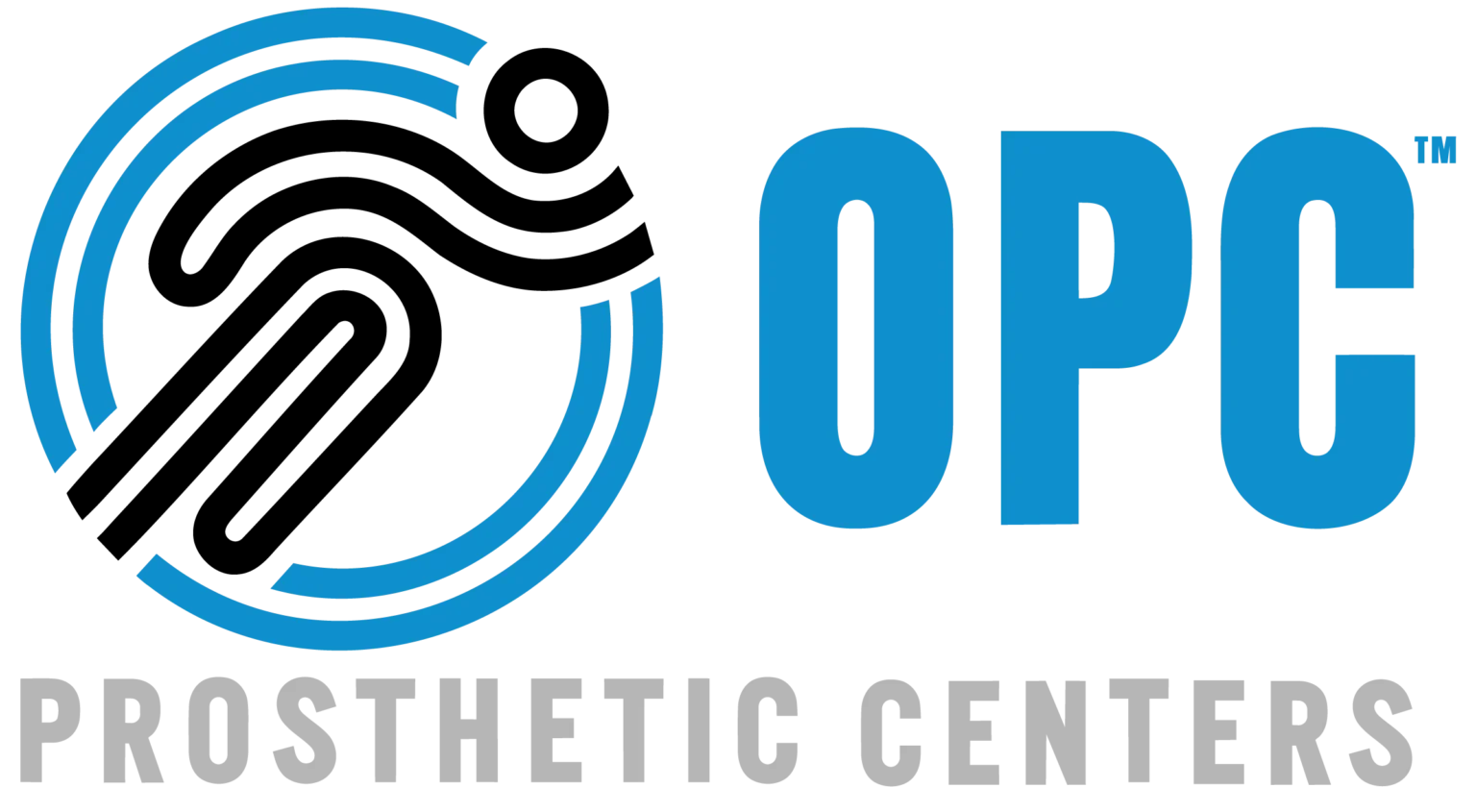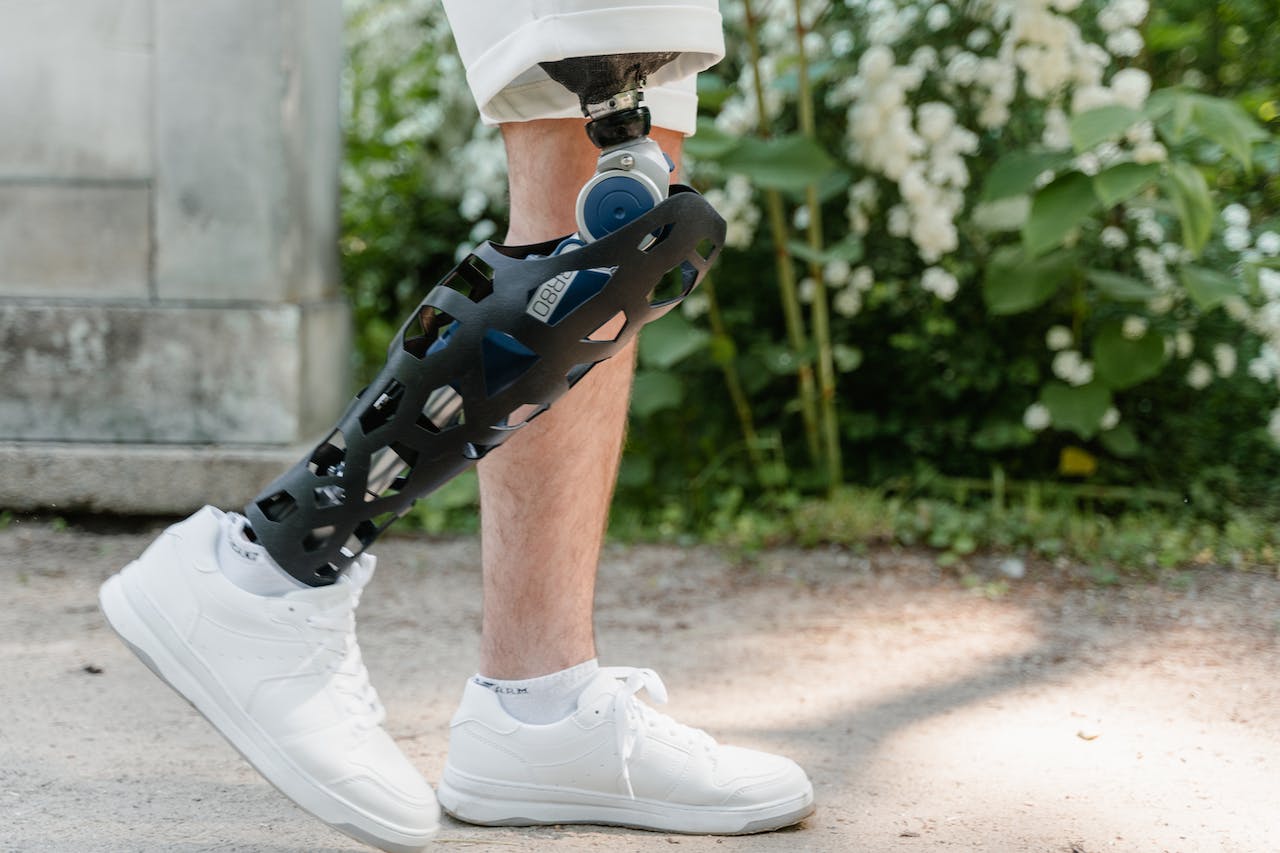In the realm of prosthetics, where technological marvels are continuously reshaping the lives of amputees, a crucial yet often overlooked factor is the economics of these life-changing devices. The intersection of cutting-edge innovation and the practical challenges of affordability and accessibility poses a complex scenario. This article aims to shed light on the economic considerations surrounding prosthetics, exploring the delicate balance between pushing the boundaries of technology and ensuring that these advancements are within reach for all.
The Rising Costs of Prosthetics
One of the fundamental challenges in the prosthetics landscape is the soaring cost associated with these intricate devices. The development of advanced materials, sophisticated engineering, and state-of-the-art technology contributes to the increasing price tags attached to modern prosthetics. While these innovations undoubtedly improve functionality and comfort, the economic strain they place on individuals and healthcare systems cannot be ignored.
Insurance Coverage and Reimbursement
Navigating the maze of insurance coverage and reimbursement processes adds another layer to the economic challenges faced by amputees. The criteria for coverage vary, leaving some individuals with limited financial support for acquiring the prosthetic solutions they need. The delicate dance between insurance providers, healthcare professionals, and prosthetic manufacturers highlights the need for streamlined processes that ensure prompt and fair reimbursement for prosthetic users.
Affordability: A Key to Accessibility
The crucial link between affordability and accessibility cannot be overstated. For many amputees, the financial burden of acquiring a prosthetic limb can be overwhelming. This stark reality raises ethical questions about the inclusivity of advanced prosthetic technologies. Striving for affordability is not just an economic concern but a moral imperative to ensure that individuals from all walks of life have access to the life-changing benefits of modern prosthetics.
Innovations in Cost-Effective Materials
Amidst the economic challenges, there is a glimmer of hope in the form of innovations aimed at developing cost-effective materials for prosthetics. Researchers and engineers are exploring alternative materials that strike a balance between durability, functionality, and affordability. By rethinking traditional approaches to prosthetic design, these innovations have the potential to make significant strides in bringing down costs without compromising quality.
Community Initiatives and Non-Profit Organizations
In the quest for increased accessibility, community initiatives and non-profit organizations play a pivotal role. These entities often bridge the gap by providing financial assistance, organizing fundraising events, and collaborating with prosthetic manufacturers to ensure that those in need have access to the latest advancements. Their grassroots efforts contribute to a more inclusive landscape where economic constraints are not a barrier to obtaining a prosthetic limb.
Global Disparities in Access
While economic challenges are prevalent in developed countries, the disparities in access to prosthetics are even more pronounced on a global scale. In many developing nations, limited resources and infrastructure further exacerbate the economic hurdles faced by amputees. Addressing these global discrepancies requires a concerted effort from the international community to ensure that advancements in prosthetics reach those who need them most, regardless of economic standing.
Government Policies and Advocacy
The role of government policies and advocacy cannot be overstated in shaping the economic landscape of prosthetics. Policymakers have the power to influence insurance coverage, establish reimbursement standards, and incentivize research into more affordable prosthetic solutions. A proactive approach from government bodies is essential to foster an environment where economic barriers are minimized, and accessibility becomes a reality for all.
Conclusion
As we navigate the intricate web of the economics of prosthetics, the need for a comprehensive and compassionate approach becomes evident. Balancing the pursuit of cutting-edge technology with the economic realities faced by amputees requires collaboration among stakeholders, including insurance providers, healthcare professionals, researchers, and policymakers. By addressing affordability and accessibility head-on, we can ensure that the transformative power of prosthetics reaches every individual, regardless of their financial circumstances. Only through such collective efforts can we truly bridge the gap and create a world where the economic barriers to obtaining a prosthetic limb are a thing of the past.



